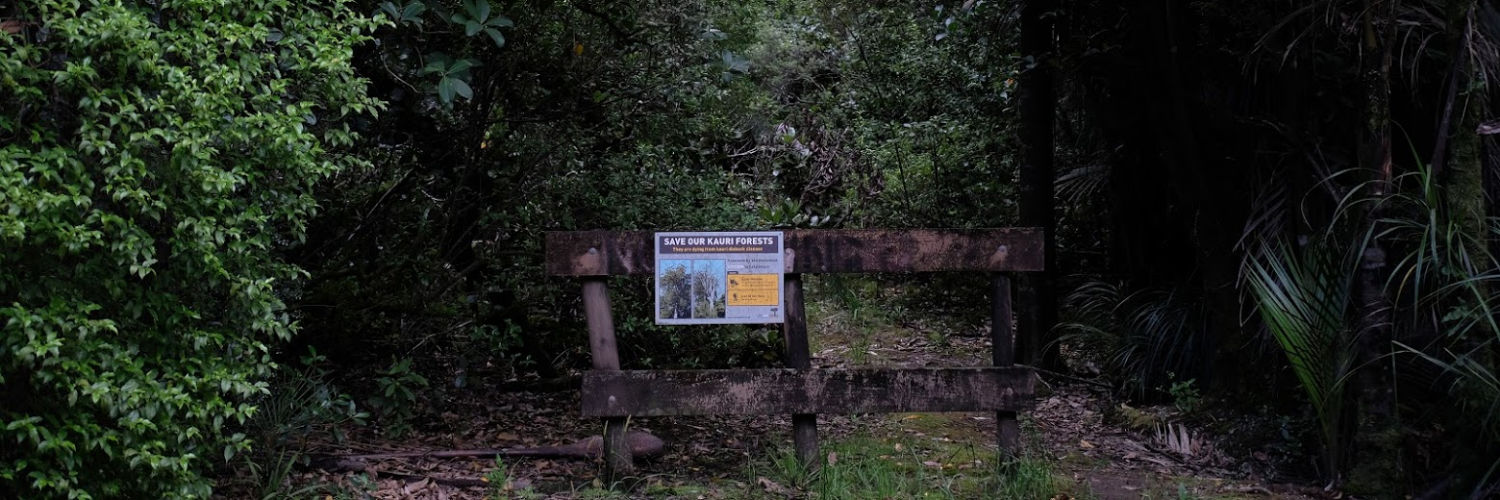Filter by Date:
Regional field advisors
Contact an advisor to investigate or negotiate public outdoor access.
Pocket Maps
Get the app to take our maps with you just about anywhere.
Kauri dieback, myrtle rust and more – what you need to know
Posted under: Access
Published 20 June 2017
When we are out and about in New Zealand, we have a responsibility to avoid spreading disease, pests and weeds. Through responsible behaviour, we can help keep our wildlife, plants and our livestock safe.
Sheep measles can result in significant financial losses for farmers and infected dogs can transfer the eggs to pasture. The risk of transferring the parasite to sheep pasture can cause understandable concern for farmers considering public access that may mean dogs are present.
In the South Island, we’ve learned to avoid spreading didymo by thorough cleaning of fishing and boating gear between catchments. The message to “check, clean, dry” has become familiar and automatic for protecting our waterways.
The fungus-like disease, kauri dieback, was formally identified in 2008 following reports of kauri tree death in the Waitakere Ranges. The programme to address the disease is being led by Ministry for Primary Industries (MPI), Department of Conservation (DOC), tangata whenua, Auckland Council, and the Northland, Waikato and Bay of Plenty Regional Councils. Their simple message is:
“1. CLEAN YOUR GEAR: Remove all soil before AND after forest visits – clean your shoes, tyres and equipment. 2. STAY ON THE TRACK: and off kauri roots.”
Humans are likely to be the number one method that the disease is transferred and the Keep Kauri Standing coalition believes that humans will be pivotal to the species’ survival. In the affected areas, cleaning soil off gear needs to be as routine as putting on your seatbelt when you get in your car. It’s going to be a routine step of enjoying the outdoors in that region forever.
In recent weeks, a new threat is spreading more worry. Myrtle rust, also known as eucalyptus rust, was identified in Kerikeri last month. This disease threatens crops, including feijoa, and native species such as rata, mānuka and kānuka. Myrtle rust spores are microscopic and can be spread by wind or via insects and birds, and of course by people and machinery. Patches of the bright yellow/orange powdery myrtle rust have been found in a number of properties in Northland and Taranaki.
MPI reports that rust diseases such as myrtle rust are notoriously difficult to control. The key message to New Zealanders from MPI and DOC is to be vigilant. Their joint biosecurity alert advises: “Do not touch. Do clean. Do report.”
- If you think you’ve spotted myrtle rust, don’t touch the infection – this will spread the disease.
- Take a photo if you can, without touching the plant material.
- Mark the site with a ribbon or similar, ensure you can describe your whereabouts.
- Phone the MPI hotline 0800 80 99 66 immediately.
If you think you’ve come into contact with myrtle rust, wash clothes and clean equipment such as tools and boots carefully. More information is on the MPI website.
We can all play our part by knowing what to look for and what to do to ensure that we don’t become a vector in transmitting diseases like myrtle rust. That way, we can help to protect local economies that may be at risk, including agriculture and tourism activities, and our native biodiversity.
By Inger Perkins, regional field advisor
Page last updated: 14 December 2023

